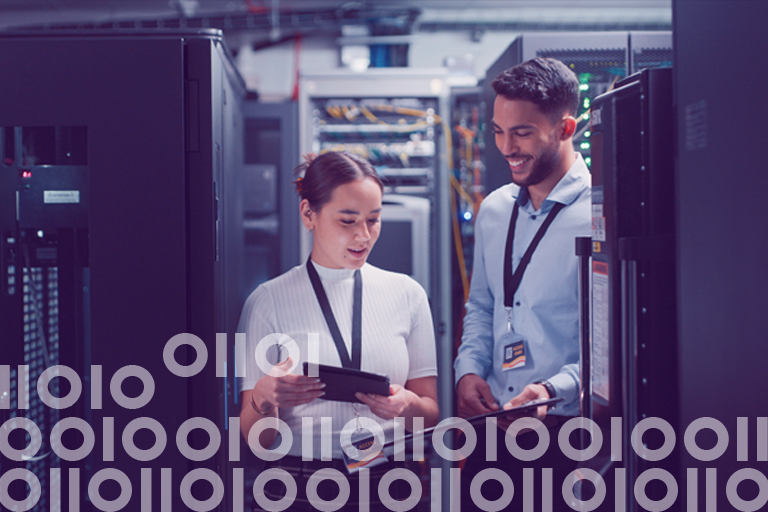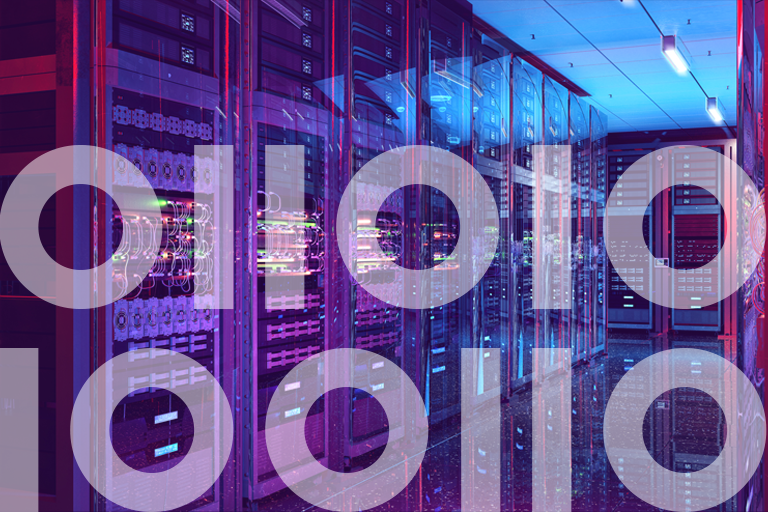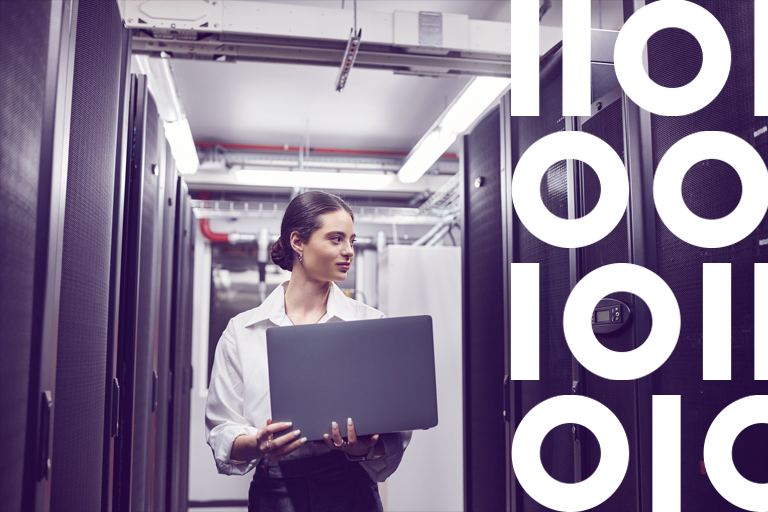The mainframe is alive and well, and it’s not going anywhere anytime soon. In fact, in a 2023 BMC survey, 92% of respondents said they see the mainframe as a platform for long-term growth and new workloads.
Mainframes make up some of the most formidable computing power in the world, delivering security, scalability, and reliability that make these systems ideal for intensive mission-critical workloads.
Yet mainframes weren’t designed to integrate easily with modern distributed computing platforms. After all, mainframe technology was firmly established long before many of today’s modern innovations emerged on the scene. Cloud computing, object-oriented programming, open source software, and microservices came about long after mainframes had established themselves as a mature and highly dependable platform for business applications.
Mainframe modernization has accelerated in recent years, breathing new life into mainframe technology and accelerating digital transformation at organizations that rely on these systems. But modernization initiatives that deliver the most value to your IT infrastructures encompass many elements.
Our 2024 mainframe trends recap focuses on modernization and the technologies and trends that can impact your own initiatives. Let’s dive in.
1. Modernize in Place (Instead of Rip and Replace)
Many appreciate cloud computing because of its scalability, elasticity, and ability to offer easy access to users across the globe. With the emergence of cloud hyperscalers like AWS, Google, and Microsoft, the shift to the cloud has accelerated significantly.
As IT leaders continuously embrace innovation fueled by connections between mainframe systems and modern cloud data platforms, it’s clear that a “modernize in place” approach is favored over the old “rip and replace” way of operating.
Instead of performing major surgery on their critical business systems, enterprises are opting for real-time data integration built around inherently reliable and scalable change data capture (CDC) technology. The AWS Mainframe Modernization Data Replication powered by Precisely service allows you to replicate on-premises mainframe data to a wide choice of AWS data services, facilitating large-scale modernization projects fostering cloud-based innovation. Customers can build new channels, offload processing, and drive business insights and intelligence with data analytics and data lakes.
AWS Mainframe Modernization Data Replication powered by Precisely replicates mainframe data in real time to AWS using resilient, high-performance data pipelines to services like Aurora, RDS, FSx, S3, EMR, AWS MSK, Redshift, Snowflake on AWS, and more. This enables customers to migrate with zero downtime and/or replicate DB2, IMS, and VSAM data from an on-prem mainframe to the AWS cloud in real time.
2. Artificial Intelligence (AI)
When thinking about technology trends for 2024, the topic of artificial intelligence (AI) is inevitable, and mainframe is no exception.
Today’s mainframe users are looking for ways to apply AI and machine learning to improve performance and availability, proactively identify issues, and increase support speed for application releases and DevOps processes.
With IBM’s introduction of an IBM Z® integrated on-chip AI accelerator, clients can now analyze real-time, mission-critical transactions at scale – including credit card, healthcare, and financial transactions. This new AI capability is unlocking enhancement to fraud prevention and security, while speeding up other business processes.
All of these benefits will become even more essential over time as the challenge to attract qualified IT professionals grows.
Read our eBook
Mainframe Data for Modern Data Environments: Best Practices for Bridging the Gap
This eBook will guide you through the process of overcoming the four biggest challenges of leveraging mainframe data, and provide tips and best practices for bridging the gap between mainframes and modern data environments to unlock the value of all your enterprise data.
3. Open Source
The open source software model continues to rapidly become the default approach for software development at many large organizations. Although open source’s popularity has grown exponentially in recent years, it’s actually not a new concept – it’s been a common approach in the mainframe space for many years.
Mainframe implementations of Linux have been popular for quite some time, while projects like Hercules offer open source versions of traditional mainframe operating systems.
In 2024 and beyond, we expect the open source trend to continue, with steady growth in the adoption of tools like Feilong, Tessla, Consolez, and Zowe. Open source is enabling a “modernize in place” approach to mainframe technology by offering community-driven tools to bridge the gap to modern cloud-based systems.

4. DevOps
Most mainframe systems were created using the classic waterfall approach to software development. Today’s world calls for greater agility and responsiveness.
DevOps and other agile approaches to software development have gone mainstream, as organizations have proven the value of the “continuous delivery” model. Although agile development may seem a poor fit with the established order of mainframe computing, the reality is that mainframe shops are adopting DevOps as a standard operating model. Throughout 2024 and beyond, that trend is bound to continue.
5. Mainframe Skill Gaps Are Growing
While all the technology trends we’ve discussed contribute to successful mainframe modernization, there is one troubling pattern that more and more companies find themselves needing to address for the best results: skills shortages.
“Do more with less” has been a common mantra for organizations of all sizes looking to boost efficiency, cut costs, and stay agile even in the face of unexpected business disruptions.
When it comes to the mainframe, this has never been more important.
According to a report by Kyndryl, 47% of enterprises note that staff with mainframe expertise are retiring, and 56% of organizations lament the fact that most people entering the workforce lack mainframe skills.
As these skill gaps create more persistent and pressing challenges, the approaches to mainframe maintenance and modernization are shifting. Some businesses contract out the work to a third party, while others seek to incentivize and train more of their internal talent.
On the technology side, artificial intelligence (AI) and automation will have increasingly important roles to play in preventing issues or responding to them faster, and reducing the manual effort required to keep businesses running as usual.
Ready to unlock the value of all your enterprise data? You need to bridge the gap between mainframes and modern data environments. Get our top tips and best practices, and find out how to overcome the four biggest challenges. Read our eBook: Mainframe Data for Modern Data Environments: Best Practices for Bridging the Gap.







